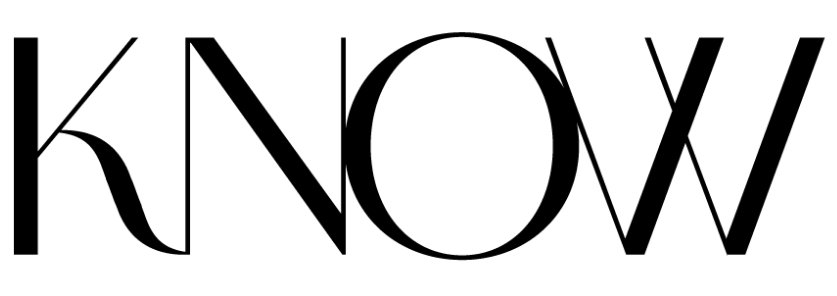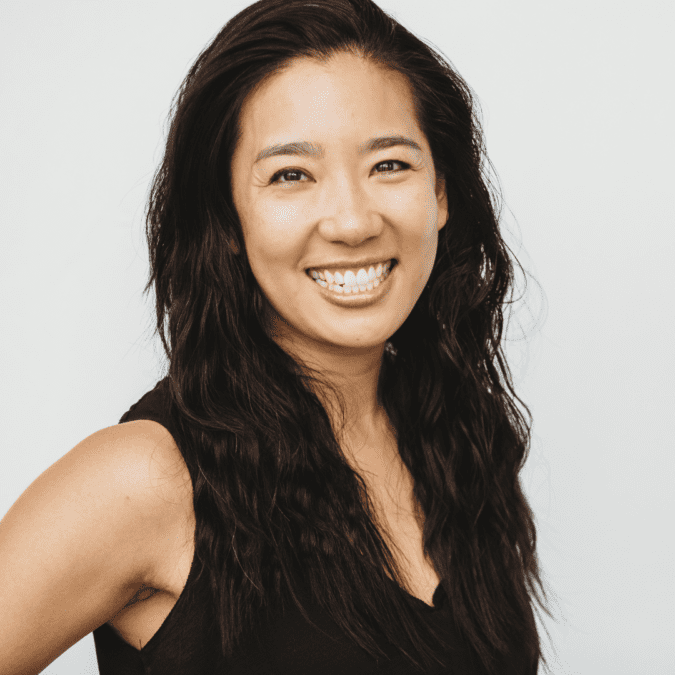By Erin Daniels, The KNOW Women

Known as the gender wage gap, the difference in earnings between women and men has always existed, and still does today. This difference is usually calculated and compared between white men, the highest earners, and women of all races, as we see even more discrepancies in pay as we add more descriptors.
In 2022, women as a whole still earn only 82 cents for every dollar that a man earns. According to CAP, in 2018 Black women were making 62 cents to every dollar that White men earned, Hispanic or Latino women were making 54 cents, Asian women were making 90 cents, and American Indian and Alaskan Native women were making 56 cents.
Some of the causes of the gender wage gap are discrimination, years of experience, and the effects of occupational segregation, “the funneling of women and men into different types of industries and jobs based on gender norms and expectations.”
As a society, we must each actively work to eliminate the wage gap in our workspaces. Some ways we can work toward this are by unionizing workplaces, increasing pay transparency, increasing access to affordable child care, and disregarding salary history as a reference during new salary negotiations. Money Under 30 believes that while there is still much work to be done to close the gap, implementing these strategies will push us toward that goal, as well as create more favorable working environments all around.
We asked our dynamic KNOW women across North America about how they are negotiating pay and ensuring equality throughout their workplaces. Follow along on our four-part mini-series to see how these driven women are speaking up in male-dominated industries, approaching the wage gap, and continuing to progress in co-ed offices.
How do you balance female activism while working your normal 9-5? What are some issues that you’ve been working to change in your current office?
I have been working with my team leaders on allowing for flexibility for anyone in a caregiver position, whether that means taking care of a child, elderly parent, or sick relative. This flexibility can be as significant as setting up a work from home station, or allowing for flex hours to accommodate the caregivers needs.
-Ginger Lazovik, Falk Ruvin Gallagher Team, Keller Williams![]()
I integrate it into my every day through my work, my home and raising my two little girls. My current office isn’t a problem since I am on my own now, but I support my husband with his firm’s office and it is very fulfilling because the last two hires at his firm have been women — finally!
–Elena Arecco Bridgmon, Epic Life Coaching | LUMO![]()
I am always helping to move things forward with one-on-one conversations with other women. I’ve found that I do best with activism when it comes from a place of authenticity, somewhere I’ve been before, so it is most impactful. I work full-time as the Director of Omnichannel Sales at Dyson, but I also founded a digital negotiations platform for women, where I share strategies and educate women on how to ask for more.
–Malorie Davalos, CompensationAlly![]()
I am a solopreneur who works mainly with women clients. My activism is that I make a difference in the way a woman sees herself. I do work with male clients, but the majority are brought by their female partners.
– Clarisse Ringwald, Clarisse Color Creations, LLC![]()
Our business is over 80% female and we are proud of that! We offer flexible schedules, hybrid remote working, and understand when life happens. As a mom myself, I totally get it- having kids can be very unpredictable- and we work with our team when things come up.
–Teresa Strunk, Strunk Insurance Group![]()
MORE STORIES



